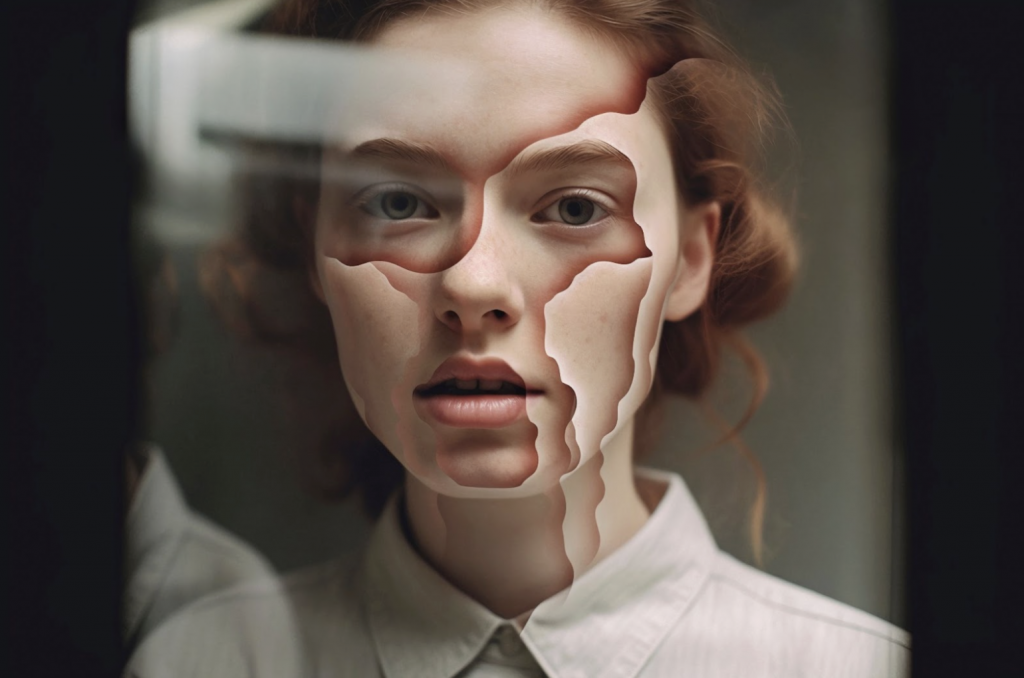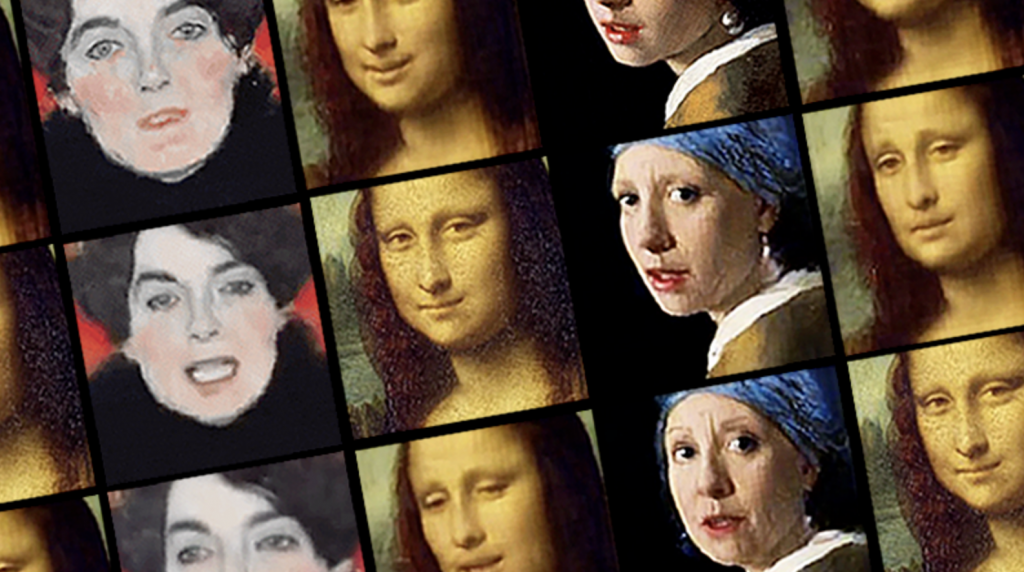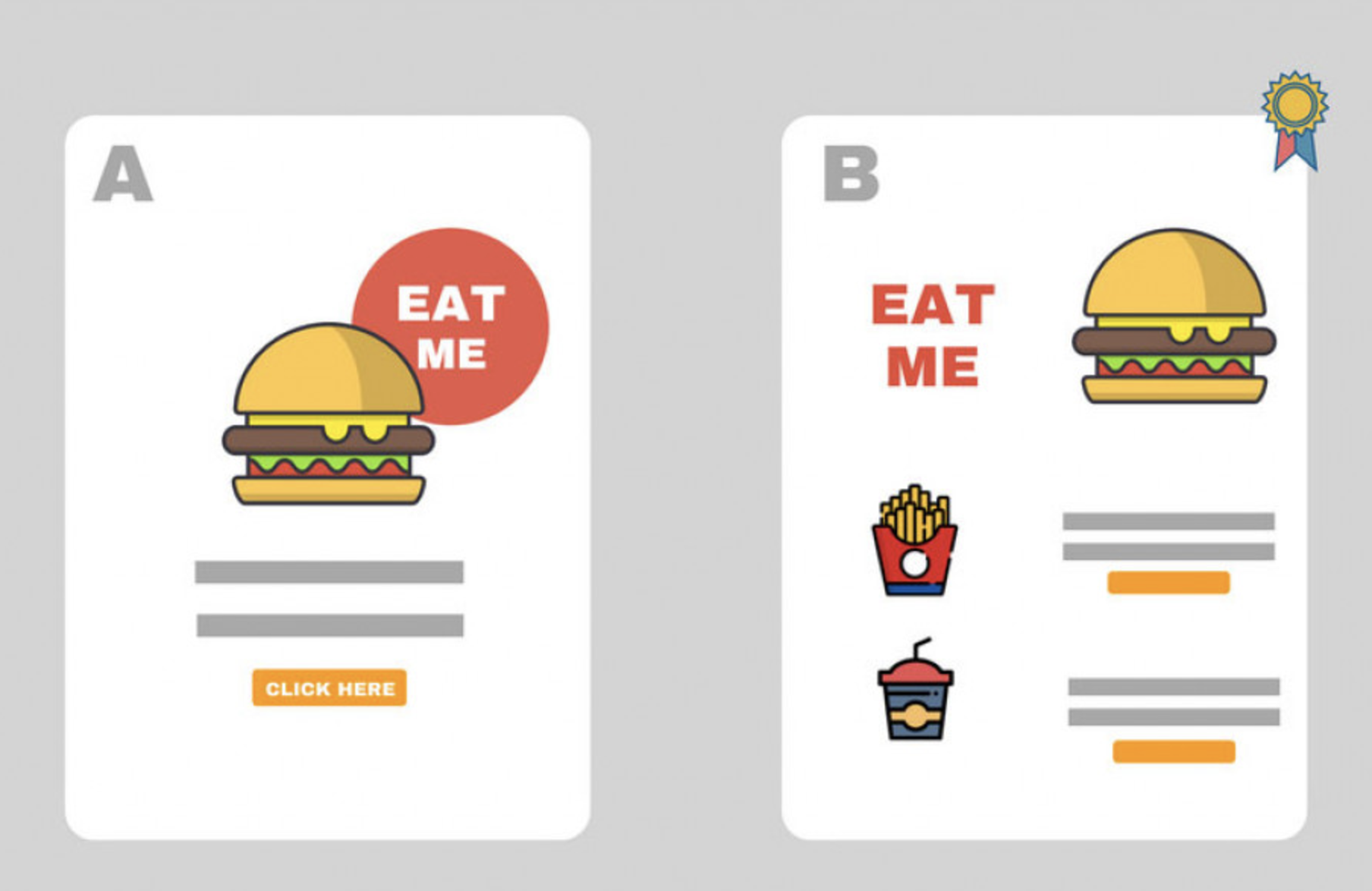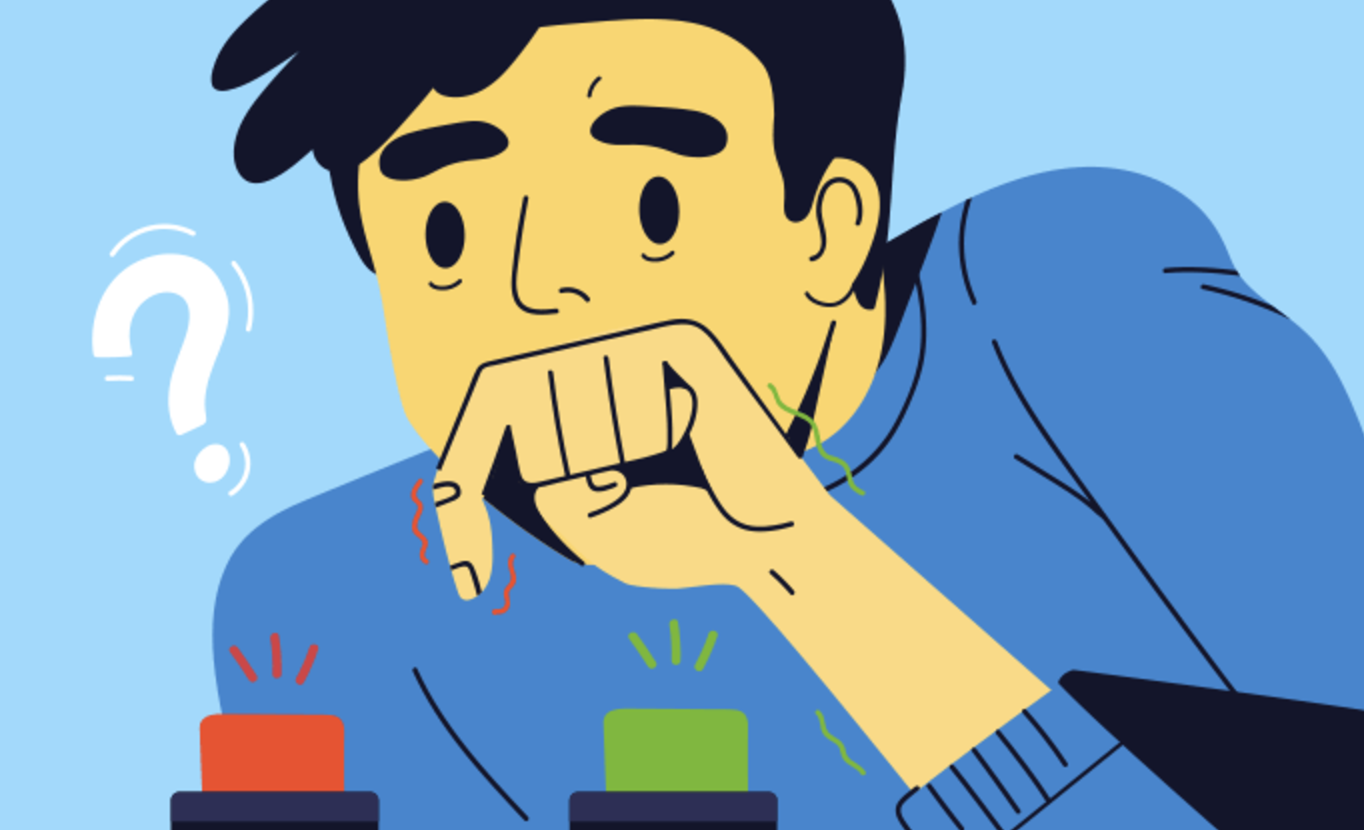Deepfakes: How to Make Them and Spot Them
General 30/08/2024
Deepfakes have taken the internet by storm. While some people are eager to learn how to create them, others are more interested in spotting the fakes from the real content. We’re here to help with both.

What is a Deepfake?
A deepfake is synthetic media content created using artificial intelligence. The term «deepfake» is a blend of «deep learning» and «fake». This technology allows users to swap faces and voices in videos, making the content look incredibly realistic.
How Are Deepfakes Made?
The rise of deepfakes is due to neural networks and machine learning techniques. Specifically, they’re generated using Generative Adversarial Networks (GANs). These work in pairs: one network (the generator) creates fake images, while the other (the discriminator) tries to tell which images are real and which are fake. Over time, the generator gets better at creating more convincing fakes.
Deepfakes can be made using various data types: images, videos, and audio. Neural networks learn to recognize and replicate specific facial features, voice inflections, and movements, enabling them to create highly realistic fakes.
Examples of Deepfake Use
Deepfakes are often used for entertainment, and in these cases, they’re generally harmless. However, they’re also used in professional settings, such as:
- In the film industry, where actors are digitally de-aged to play their characters at different ages. For example, this technique was used in the latest Indiana Jones movie.
- In advertising, where characters can speak different languages without the need for expensive dubbing.
- Historical figures can be brought «back to life» to narrate their own stories.

But there are also more concerning uses of deepfakes that are becoming increasingly common:
- Creating fake videos of politicians or celebrities making controversial statements.
- Using deepfakes to spread misinformation and manipulate public opinion.
- Producing explicit videos featuring the faces of celebrities without their consent.
Are Deepfakes Legal?
In the U.S., the legal framework surrounding deepfakes is still developing. While some states have passed laws against malicious deepfakes, there’s no federal legislation specifically addressing them yet. However, there are related laws on fraud, defamation, extortion, and privacy violations that could apply.
If you’re creating a deepfake for fun or educational purposes, you’re generally in the clear. But if you use AI to create fake videos for blackmail or to damage someone’s reputation, you could face serious legal consequences.o
How to Create a Deepfake
You can create deepfakes using professional methods or by using simple online services and mobile apps. Many of these tools are easily accessible online, with many available for free or on a freemium basis.
- DeepFaceLab: A powerful software that uses AI to create video deepfakes. It’s user-friendly for beginners and offers advanced features for more experienced developers.
- FaceSwap: A cross-platform program that allows you to swap faces in videos. It’s available on Windows, MacOS, and Linux.
- Face Swap Live Lite: A simple mobile app for iOS and Android that lets you swap faces in videos, add masks, and overlay faces from other photos.
- Synthesia: An online service based on neural networks that allows you to create video deepfakes and convert text into speech.
- Zao: A mobile app that originated in China, designed for quickly creating deepfakes with just a few taps. All you need is a selfie or a photo, and with a few clicks, you’ll have a deepfake ready in minutes.
5 easy steps to do it:
- Decide why you’re making a fake video. If it’s just for fun, simple online services or mobile apps will suffice. For higher quality, use robust software like DeepFaceLab.
- Collect images, videos, and audio files. The better the quality and quantity of these materials, the more convincing the final result will be.
- Depending on your skill level and available resources, choose either professional software installed on your computer or a simple online service.
- Most tools provide step-by-step guides to uploading materials and setting parameters. The process usually involves training a model on the provided data, which is typically straightforward even if the interface isn’t in English.
- After generating your deepfake, you may need to edit it to enhance its quality and make it more realistic.
Simple deepfakes can be generated in minutes. Professional software might take longer, up to 15-20 minutes or more, depending on the video’s length and the AI’s complexity. The better the input data, the higher the quality of the deepfake. Pay attention to small details like lighting and shadows to make the deepfake more believable.
As deepfake technology evolves, creating them becomes easier each year. However, it’s important to consider the potential consequences and use this technology responsibly.
The Dangers of Deepfakes
It’s becoming increasingly difficult to distinguish real videos from deepfakes. As the technology advances, deepfakes are becoming more realistic, making them hard to detect even for experts. This erodes trust in information, leading people to question the authenticity of any video content. Developing media literacy skills is essential for critically evaluating and verifying information.
Deepfakes can be used to tarnish reputations. They can create compromising videos featuring well-known figures, potentially damaging their careers and personal lives. Protecting against the creation and distribution of such damaging deepfakes is a critical concern for public figures and organizations. Implementing measures to detect and prevent the misuse of deepfakes is becoming increasingly important.
According to Cybersecurity Ventures, companies spent over $2.7 billion in 2023 on combating the consequences of and preventing the misuse of deepfakes.
How to Spot a Deepfake
High-quality deepfakes are not easy to detect, but there are signs to look out for:
- Unrealistic lip movements, eye motions, or other body parts. Deepfakes often exhibit unnatural facial expressions and blinking patterns.
- Check if the lighting on the face matches the overall scene. Incorrect shadows are often a giveaway.
- Blurring, pixelation, and other artifacts, especially around the face, are common in deepfake videos.
- Pay close attention to lip sync. A mismatch between audio and video can be a clear sign of a fake.
- Unusual textures and static hair or odd skin elasticity can also indicate a deepfake.
If you spot one or two of these signs in a video, there’s a high likelihood it’s fake.
The Future of Deepfakes
The future of deepfakes will be shaped by advancements in AI and deep learning technologies. They could become valuable tools in industries like film, education, and advertising, opening up new creative and innovative possibilities.




How to run effective A/B tests in email campaigns
In the world of digital marketing, understanding what resonates with your audience is crucial to the success of any campaign. A/B testing, also known as…


